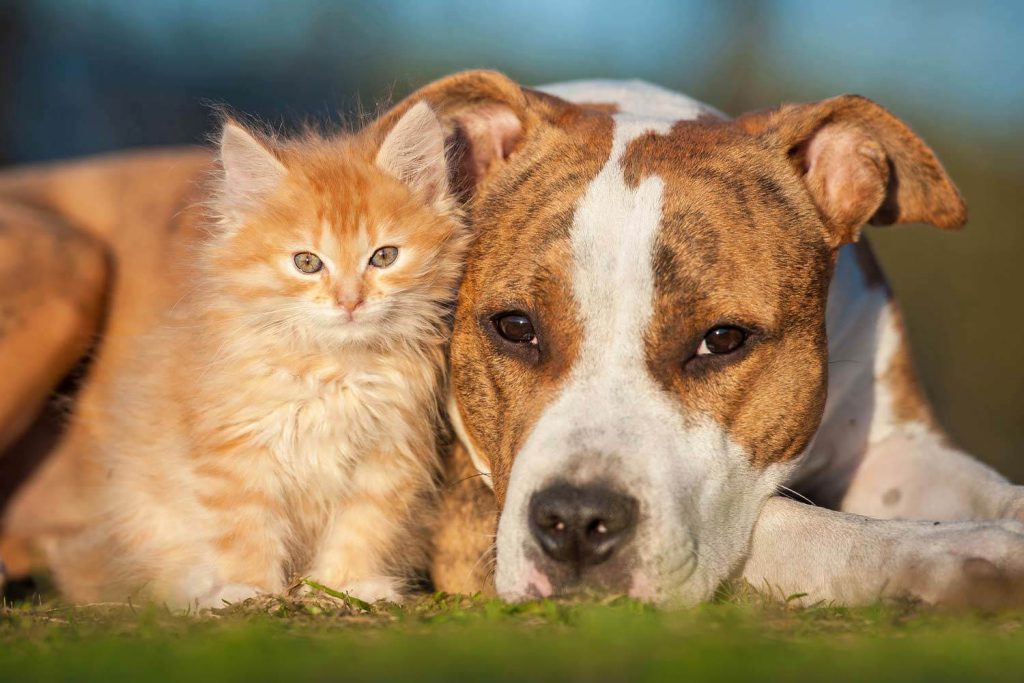
Keeping your pet healthy is the most critical aspect of being a pet parent. It’s your responsibility to keep their vaccines up to date, provide nutrient-rich food, and engage in physical and mental activity consistently to keep them happy and healthy.
But what about unanticipated environmental threats that sneak up on you and your furry friend? Unfortunately, dangerous pollutants are more common than you may think, so read on to learn how best to avoid the following seven environmental hazards for your pets.
Ticks
Ticks are one of the most frustrating pests to deal with in your yard. Unfortunately, they can have severe adverse effects on your pet, too. Many ticks transmit Lyme, ehrlichiosis, and Rocky Mountain Spotted Fever, leaving your pet with life-threatening ailments.
Fortunately, investing in tick control services is a sure-fire way to keep ticks at bay and raise a healthy pup.
Poor nutrition
Like humans, pets need a balanced, nutritious diet to remain healthy. Vitamins and nutrients are essential at all life stages, so you’ll need to invest in the appropriate kibble to ensure proper gut health and growth.
The best way to keep your pet healthy is to research food and treats thoroughly. Unfortunately, commercial pet foods often lack nutrients and have a surplus of chemical ingredients that can wreak havoc on your dog’s digestive system.
Pollen
A seasonal shift can lead to sneeze-filled reactions to pollen and other environmental allergens. Dogs and cats, in particular, are allergic to pollen, though allergies present slightly different than in humans. Watch for itching, watery eyes, and excessive chewing, which can lead to sores, hair loss, or lesions. Talk to your vet about the best way to treat your pet’s allergy.
Standing water
Standing water, including puddles or small ponds, can be a breeding ground for bacteria, insects, and algae. Unfortunately, drinking contaminated water can result in expensive vet visits and an unhappy pet. Likewise, if they splash around in the water and track it inside, they could transfer those dangers to other pets or children.
Mold
Mold is another significant danger to all living creatures—including your four-legged friends. Humans often notice the effects of mold quite quickly, but it can be trickier with pets. Whereas humans tend to fall ill or have respiratory troubles, pets often present differently.
Common signs of mold exposure in pets are loss of appetite, excessive licking, and lethargy, leading to respiratory, neurological, or GI issues if untreated.
Foxtails and stickers
If you’ve ever encountered a foxtail or sticker bush, you know just how painful they can be. Unfortunately, they aren’t always easy to spot—especially in thick-haired pets. Dogs and cats often fall victim to the spiny little balls when they walk in the grass or brush. The stickers can lodge in skin, hair, or around paw pads. So, if you know your yard might have sticker bushes or foxtails, do your best to remove them.
Obesity
When you think of the phrase “killing them with kindness,” you can often apply it to pet obesity. Pet parents like to give their furry companions the best life possible. Unfortunately, when that best life involves overindulging, it can have detrimental health effects. To keep your pet healthy, only feed them what your vet recommends, and avoid table scraps or sweets entirely.
Wrapping up
Though it can be nearly impossible to eliminate all threats to your furry friend, understanding the potential dangers can help you steer clear of most environmental hazards. Ultimately, being a responsible pet owner takes work. So, stay vigilant in avoiding nature’s risks to keep your pet healthy and happy for years to come.







